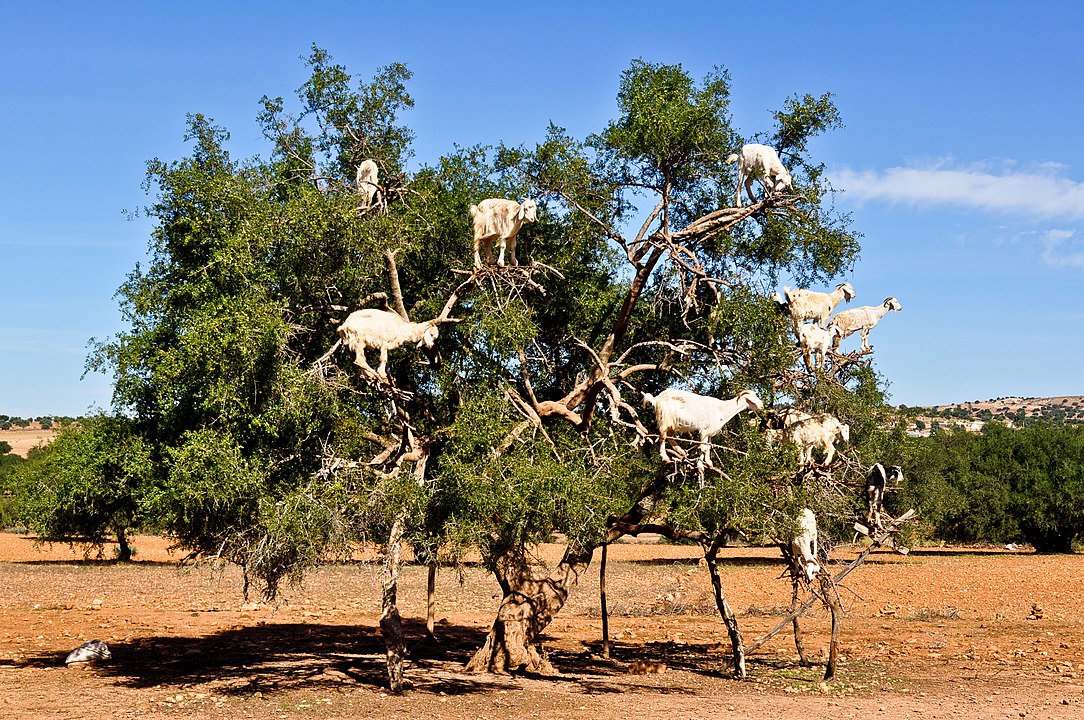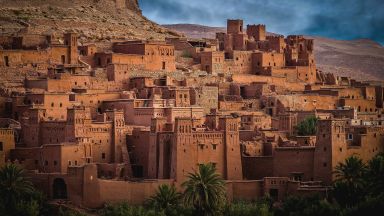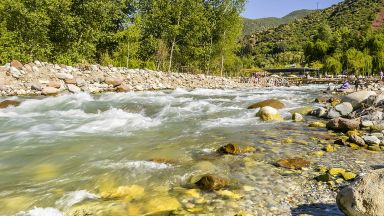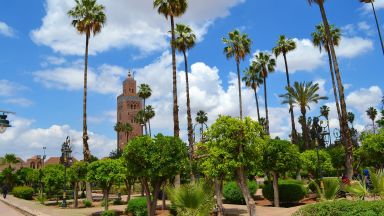Essaouira: The Complete Guide

Designed by a French hostage in 1760, Essaouira (pronounced Essa-wira) is one of the most relaxed towns in Morocco, popular with independent travellers and for those who love the heat but can live without the haggling – a western fantasy in an oriental setting.
Where is Essaouira Located?
Located 109 miles west of Marrakech on a sandy bay, freshened by southwesterly breezes, Essaouira makes for a welcome break on Morocco’s Atlantic coastline, away from the oppressive African heat felt further inland – even in the height of summer.
Why should I visit Essaouira?
Shallow clean water makes it an ideal spot for families, and in the summer wind and kite surfers flood the beaches of the aptly nicknamed “windy city”. It is also a favourite location for surfers to Morocco, with some fantastic surf spots in and around Essaouira.
A town of whitewashed houses with blue shutters where Orson Welles filmed much of his Othello, and more recently, Oliver stone’s ‘Alexander the Great’ with Colin Farrell and Angelina Jolie, where scenes for the Temple of Pallas Athena, Mieza and the Macedonian horse market were filmed. However, (staying on the ‘celeb’ theme a little longer) despite common misconception, Jimi Hendrix did not visit Essaouira until two years after he wrote the song “Castles made of sand”…
All that remains of Essaouira’s commercial boom, following the triumph of steam-over-sail, are the purple ramparts and empty cannons of a bygone age, and the encompassing scents of thuya and lemon woods, fashioned into high quality marquetry by local craftsmen.
It does still have a flourishing fishing industry, and there are of course plenty of excellent fish restaurants to be found. A string of fish stalls line the sea front, serving a variety of fish and seafood dishes, barbequed as you wait. These are very reasonably priced and great fun – choose the fish you would like and pay for it by weight, then sit at a long communal table with the locals and wait for your fish to be grilled to perfection. You can have a side salad and ‘Pommes Frites’ (totally delicious!!) to accompany your chosen Medley, and of course the requisite ‘Moroccan loaf’ is served without question!
Essaouira is an incredibly ‘chilled out’ town, even in Moroccan terms. Enjoy the ‘café culture’ and sit for hours watching the world go idly by, or stroll around the souks where even the merchants seem happy to let you browse without the usual badgering, although your bartering skills will still be required should you decide to make a purchase!
How long should I spend in Essaouira?
We do not generally recommend more than three of four days in Essaouira. It is a small town, and the wind can be incessant and difficult to escape, so unless you are visiting specifically for the wind sports on offer, three full days tend to be enough for most people. A very popular itinerary for those wanting more than a short break is to combine Essaouira with a few nights in Marrakech and / or the High Atlas Mountains.
Tree-climbing goats of Essaouira

Essaouira is also a center of argan oil production. It has become a tourist attraction due to the tree-climbing goats who are unique to the region, as argan trees are the only type the goats climb. These goats, which are native to Morocco, are known for their ability to climb trees in search of fruit, particularly the fruit of the argan tree. While the goats’ climbing behavior is partly instinctual, it is also driven by their desire for the sweet and pulpy fruit found in the trees. The climbing skills of these goats are quite impressive, and their ability to climb trees has made them a unique and fascinating feature of Morocco’s natural landscape.
Visiting Essaouira for the first time and wondering what are the top places to see in the city? In this complete guide, I share the best things to do in Essaouira on the first visit. Top help you plan your trip, I have also included an interactive map and practical tips for visiting!
This website uses affiliate links which earn a small commission at no additional cost to you.


